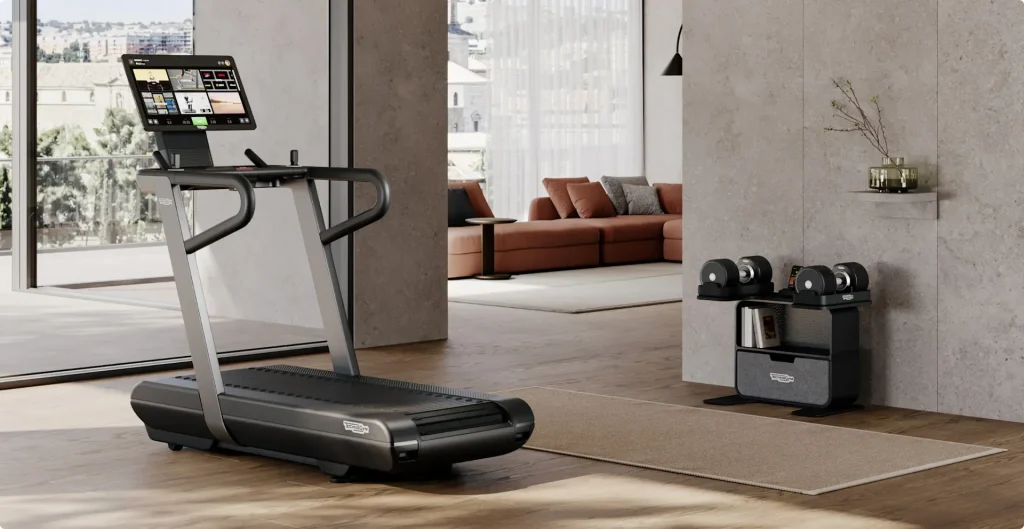A Home Gym for Peak Sports Training is a dedicated space designed to elevate performance, reduce injury risk, and fit your daily routine. Whether you chase faster sprint times, higher jumps, stronger lifts, or better endurance, the right home gym setup can be a game changer. This guide shows how to select sports training equipment and implement space-saving gym ideas that still deliver results. By aligning space, programming, and safety, you create athletic training at home routines that stay motivating and sustainable. With clear goals and a scalable plan, you can build performance-enhancing workouts at home that translate to the field, court, or track.
Viewed through the lens of LSI, this at-home training space can be described as a compact home fitness studio tailored for high-performance sport work. Think of it as an athletic training facility at home that prioritizes layout efficiency, safety, and versatile gear. Other semantic terms include a personal training space, a strength-and-conditioning corner, or a modular gym for athletes, all converging on the same goal. By focusing on practical, sport-specific routines in a smaller footprint, you align content around related concepts that search engines recognize as related to peak athletic development.
Home Gym for Peak Sports Training: Space-Saving Setup for Maximum Performance
A Home Gym for Peak Sports Training is not just a room full of gear; it is a purpose-built space designed to elevate performance while fitting into daily life. When you optimize your home gym setup with space-saving gym ideas in mind, you create zones that support mobility, strength, cardio, and recovery. This approach makes athletic training at home practical and efficient, helping you chase faster times, higher jumps, and stronger lifts.
To maximize impact, map your layout to your sport’s demands and your available square footage. Use a dedicated warm-up and mobility corner, a compact strength station, and a cardio nook that doubles as a recovery zone. By prioritizing space-saving solutions, you enable consistent, high-quality workouts and shorter, focused sessions that still drive peak performance, even on busy days.
Essential Sports Training Equipment for a Peak Home Gym
To build a robust base for strength and power, choose equipment that covers major movement patterns: a barbell with bumper plates, a squat rack or power rack, an adjustable bench, resistance bands, and a sled or prowler if space allows. This core hardware supports prime athletic attributes and aligns with an effective home gym setup for peak performance.
Complement with plyometrics and speed tools (plyo box, medicine ball, agility ladder), compact cardio options, and mobility gear. The emphasis is on versatile, durable pieces that fit your space-saving gym ideas while enabling performance-enhancing workouts at home.
Designing an Efficient Space: Layout and Zoning for Peak Performance
Designing an efficient space begins with layout and zoning: mobility and warm-up, strength and power, cardio or metabolic conditioning, and recovery. A well-planned layout supports athletic training at home by reducing clutter and ensuring safe, high-quality sessions. Good flooring, ventilation, and mirrors help you monitor form without sacrificing space.
Position equipment to maximize throughput: wall-mounted racks to clear floor space, modular benches, and folding mats. A few interchangeable pieces can create a flexible home gym setup that adapts to different workouts, making it easier to stay consistent with your peak performance goals.
Programming for Peak Performance: A Home-Based Training Plan
A well-structured plan blends the key domains—strength, power, speed, and endurance—into practical microcycles that fit your schedule. The goal is to perform performance-enhancing workouts at home that translate to on-field performance, court speed, or track endurance. This home-based training plan should emphasize quality over quantity and prioritize technique before loading.
Structure a weekly rhythm with 3–4 hard sessions and 2–3 lighter mobility or recovery days. For example, lower-body strength and power, upper-body strength, speed and agility, and conditioning. Keep a simple training log to track load, volume, and iterations so progress remains visible and motivating, reinforcing the Home Gym for Peak Sports Training mission.
Safety, Maintenance, and Longevity: Protecting Your Body and Gear
Safety is the foundation of any durable home gym. Invest in quality flooring, secure racks, and reliable equipment, and perform pre-workout checks to prevent injuries. A thoughtful warm-up and cool-down routine reduces risk during explosive or high-speed movements, especially in compact spaces.
Establish a simple maintenance schedule for cardio machines, racks, and benches, and check bolts and pins regularly. Allocate a modest budget for replacements and upgrades, prioritizing core gear that supports consistent, safe training over time.
Budgeting, Progression, and Longevity: Building a Sustainable Home Gym
Budgeting and progression go hand in hand when building a sustainable home gym. Start with essential components for your home gym setup—barbell, rack, mat, and a cardio option—and expand gradually using space-saving gym ideas as your goals evolve. Smart purchases focus on durability, versatility, and long-term value rather than trend-based gear.
Reassess goals every few months, adjust programming, and upgrade equipment only as needed. A phased approach keeps you motivated, ensures athletic training at home remains accessible, and helps your home gym become a lasting foundation for peak performance.
Frequently Asked Questions
What is a Home Gym for Peak Sports Training, and how does it differ from a typical home gym setup?
A Home Gym for Peak Sports Training is a purpose-built space designed to elevate performance, reduce injury risk, and fit your daily routine. Unlike a typical home gym setup, it prioritizes sport-specific zones, high-quality sports training equipment, and tailored programming to improve speed, power, and endurance.
What essential sports training equipment should I include in a Home Gym for Peak Sports Training?
Key items include a barbell and weights, a power rack or squat rack, bumper plates, an adjustable bench, resistance bands, a sled, a plyo box, an agility ladder, a medicine ball, a cardio option, a foam roller, mobility tools, and a stability tool like a BOSU. These pieces support strength, power, speed, mobility, and recovery in a compact Home Gym for Peak Sports Training.
How can I implement space-saving gym ideas in a Home Gym for Peak Sports Training?
Plan zones, use wall-mounted racks and vertical storage, choose multi-use equipment, and opt for foldable or modular gear to keep floor space clear for dynamic drills—creating an efficient home gym setup with space-saving gym ideas.
What is the best programming approach for a Home Gym for Peak Sports Training?
Develop microcycles that blend strength, power, speed, and conditioning, typically aiming for three strength/power sessions, two conditioning days, and two mobility days per week. This supports performance-enhancing workouts at home and translates to peak sport performance.
How should I handle safety and maintenance in a Home Gym for Peak Sports Training?
Use proper flooring, secure racks, and regular equipment checks; warm up properly, maintain a cool-down routine, and schedule routine maintenance for cardio and resistance gear to prevent injuries and prolong equipment life.
What common mistakes should I avoid in a Home Gym for Peak Sports Training?
Avoid overcrowding with low-usage gadgets, choosing gear based only on price, neglecting a dedicated warm-up area, and ignoring sport-specific needs; focus on quality, space-saving storage, and a practical training plan.
| Aspect | Key Points |
|---|---|
| Planning & Goals |
|
| Essential Space & Layout |
|
| Equipment that Defines a Peak Sports Training Home Gym |
|
| Designing for Space Saving Gym Ideas |
|
| Programming Your Home Gym for Peak Performance |
|
| Safety, Maintenance, and Budgeting for Longevity |
|
| Common Mistakes to Avoid |
|
Summary
Home Gym for Peak Sports Training is a strategic investment in your athletic development. A well-designed space, purposeful equipment, and structured programming help you train consistently, optimize performance, and reduce injury risk, translating to gains on the field, court, or track. By balancing safety, maintenance, and budgeting with targeted training goals, you can create a motivating environment that adapts as your needs evolve. The best home gym is the one you actually use, refine over time, and rely on to sustain peak performance and lasting fitness.



